Menu
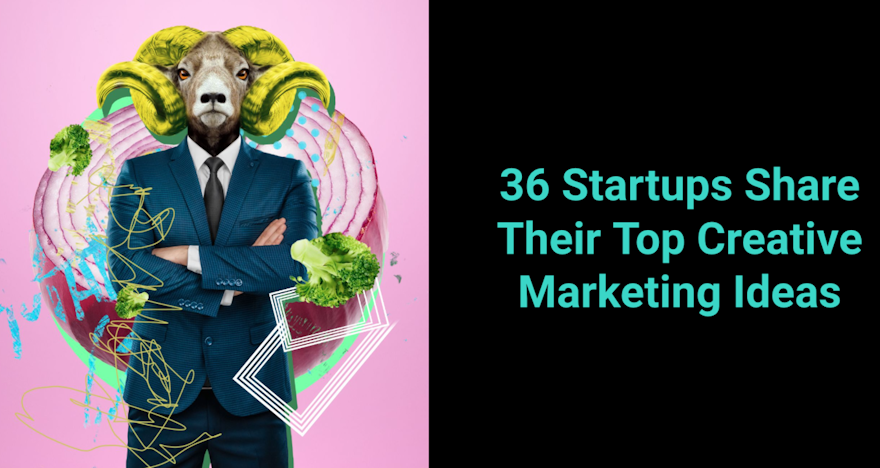
Creativity in business is fascinating to me.
This is coming from someone that used to oil paint dogs on canvas in high school AP Art class. The theme for my end-of-year art show was “dogs with human emotions.” Clearly I was a little obsessed with dogs back then.
If you’re a marketer, chances are high that you’re trying to be a little bit (or a lot) more creative. Pushing into creativity matters now more than ever (check out the podcast episode I recorded with Mark Schaefer to kick off Season 3 on the Modern Startup Marketing podcast where we dig into why creativity matters now more than ever).
Here are some ways we try to be more creative in our day-to-day:
Creativity requires making space for outside-the-box thinking. This kind of thinking and connecting things that normally seem disconnected is pretty hard work. But that hard work can really pay off.
I’ve spoken to dozens of startups on the Modern Startup Marketing podcast over the past years and asked them “what are 1-2 of your most creative marketing ideas?”
And there’s one big thing I learned:
Creativity creates tremendous competitive advantage.
So consider this your dose of creative inspiration.
Maybe you’ll feel a sense of awe like I did when I recorded (and sometimes re-listened to) those podcast episodes. Maybe you’ll go “wait a second, we could do something like that!” Maybe you’ll go off in an entirely different direction while you’re thinking about stuff in the shower.
What’s more, this is not just creativity for the sake of being creative (although I’m also a big fan of that just not in the business context).
This is creativity that gets results.
So, in no particular order, let’s kick it.
Made in Peerspace is a community marketing program that overflows with user generated content. It’s where Peerspace can showcase all kinds of customer content - photos, videos, etc. It’s a way to amplify what customers are doing in the spaces that they’re renting from Peerspace. This content generates WOM and makes the business feel more tangible and authentic.

When COVID hit in 2020, the ShipBob team decided to take a different approach to sales and marketing and make it all about the value they could provide to customers. The marketing play becomes valuable internal data. ShipBob took their internal data that they were seeing from working with thousands of e-commerce merchants and made it public. That became the marketing approach - providing useful information versus pushing information that was selling ShipBob. Check out Trends.shipbob.com and Carriers.shipbob.com.
When COVID hit in 2020 and everyone scrambled to recreate in-person experiences (e.g. trade-shows and events) in a virtual way, IMO decided that’s bonkers. Instead, they developed a creative digital campaign called “No Travel Required” where they communicated that the cancellations weren't great but also brought up some of the positives of not having to travel that connected emotionally with their target audience. The results? Their website traffic went through the roof.
When someone would come to a Buy Buy Baby store to get their Tot Squad cleaning service done (e.g. car seat cleaning) mom and baby would go into the store to do some shopping. The Tot Squad team would collect exit surveys asking customers if they made a purchase, how much they spent, etc. and found that customers were spending more inside the store than on the actual Tot Squad cleaning service. This gave Tot Squad a lot of leverage in negotiating those retail relationships and convincing the retailer to invest more in marketing Tot Squad to customers.
What. It’s my article so I get to include stuff too.
I decided to start the podcast that I wish existed when I was heading up marketing at tech startups full-time. I think of my podcast as unique internal data (IP) for my company because nobody else is asking the same questions to the same people or curating the same knowledge in a format like mine. I talk about theories but I also combine that with actual case studies from the startup trenches. Through my conversations, I’m gathering insights and pivoting the show content based on those insights.
I asked my (at the time) 7-year old daughter to join me in a podcast episode and this is what happened (I’m biased but I think it’s adorbs). Here's another episode where we talk about creativity and it's really good. You can't make this stuff up.
I’m using TikTok to create videos that I post on LinkedIn. I also add the TikToks to the podcast as BONUS episodes, kind of like small bites. I never thought I’d start with a simple TikTok video from my phone and spread it across other channels, but people seem to like the short, bite-sized material and it's super easy to make them so I’m gonna keep it rollin’.
Finally, I have so much data and insights from the podcast and I can use that data to write cool articles like this one and this one.
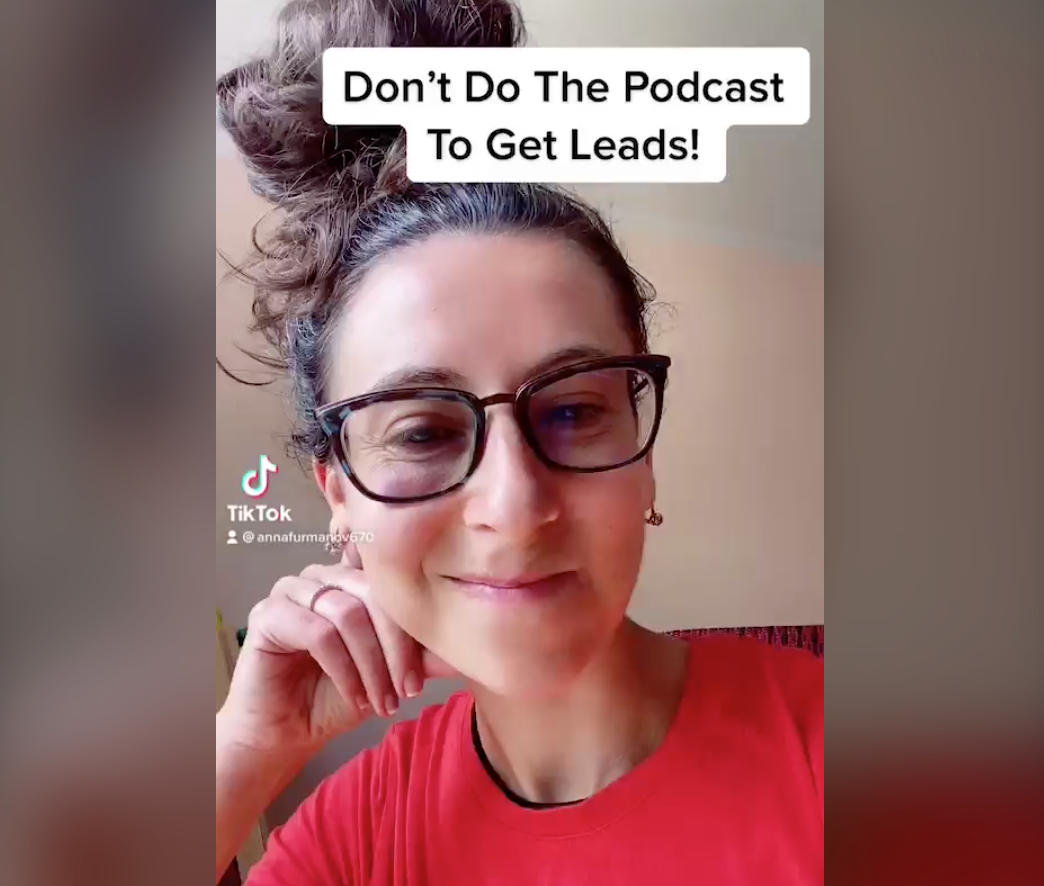
PatientPop created a tool (marketing as tech) that website visitors want to engage with and is also great for capturing leads. You don’t need anything too complicated, just hit on the main pain point and where your company can help.

The Mom Project created Werklabs, their research and insights division, where they do research and uncover insights related to building a better workplace. They turn this research and data into content assets as part of their content marketing. This research is gold and places them up against companies like Gartner or Deloitte that share deep insights and data (although for broader topics) as their thought leadership.
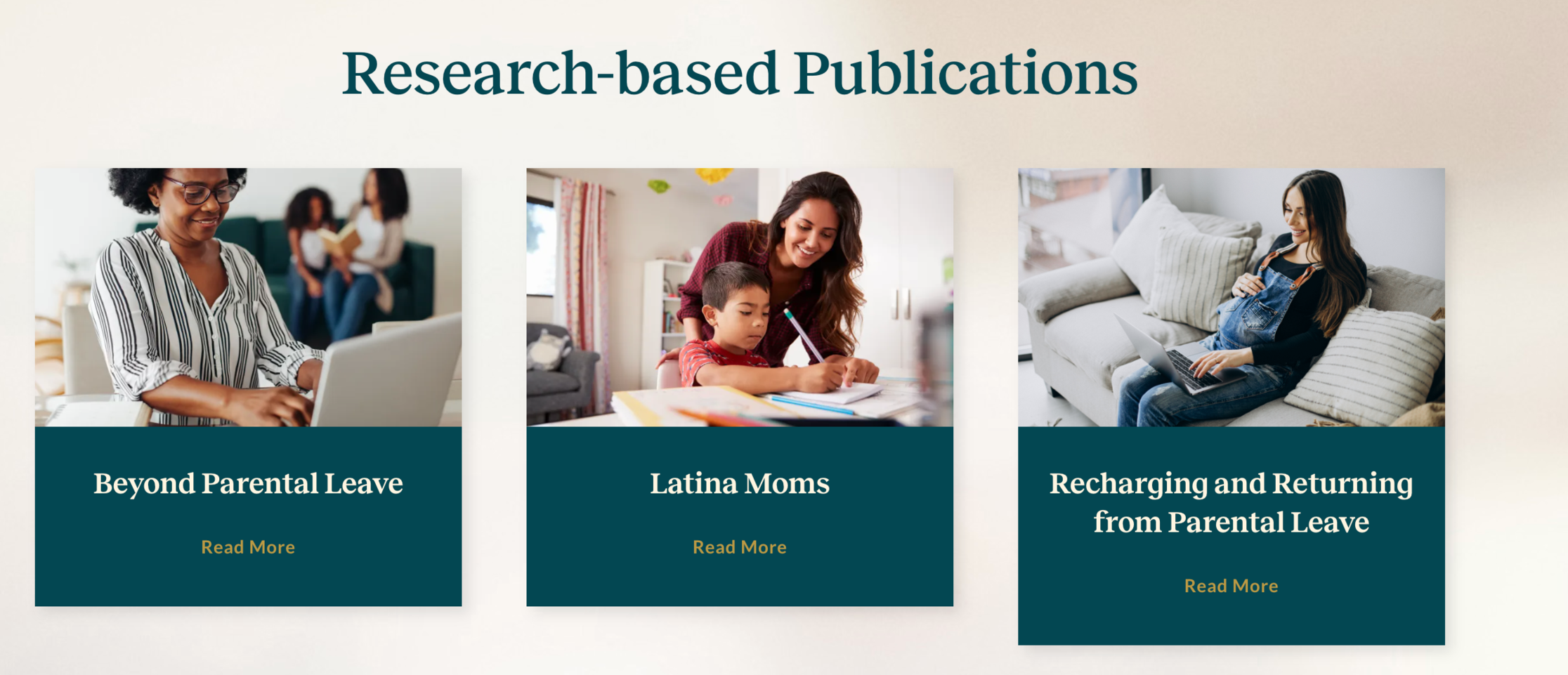
Patreon’s marketing team thought “how can we visually celebrate creativity and also leverage our creator community?” So they asked on their social accounts “Who do you want to thank this Thanksgiving? We’ll have our creators create an illustration.” They got this viral spread of cool art being shared across their social channels.
Instead of A/B testing their website content (which is what most people do because big change is risky and A/B testing feels better) the team made some big, sweeping changes to the website after learning that another subscription box website’s conversion rates were 4X higher than theirs. The team completely overhauled their landing page experience. They removed any other CTA except to sign up. They added the ability to look at individual subscription boxes. They changed it so you could join for free (before you had to pay for your first box even if you weren’t ready to get it). They also introduced the idea of a Quiz up front to learn more about the kinds of boxes that this person would love. Almost overnight, depending on the channel, they were able to 4-6X their conversion rates.
Kyle and the Lessonly team had a few creative ideas up their sleeves as part of their creative marketing efforts. These included:
Kyle mentioned in the episode "Revenue’s great, but brand is what wins the market and these are the kinds of ideas that help."
Seismic (parent company) also has a merch store.
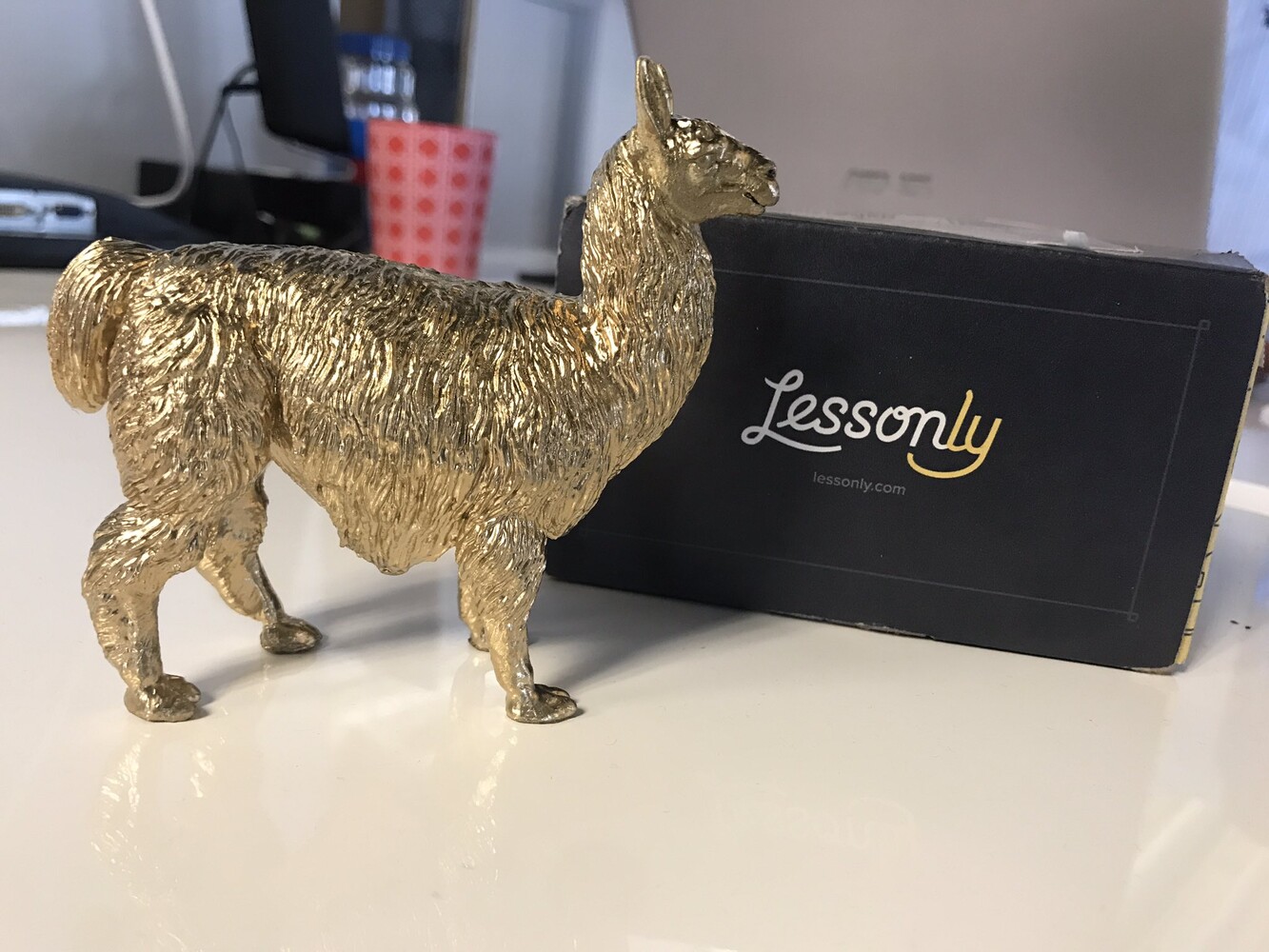
During COVID, the marketing team was home and that’s when they launched the Facebook ads channel. Meghan said she could identify all the hands and kitchens from making iPhone videos for those ads. Meghan’s husband had a top performing ad that he was really proud of where he’s dumping a salad. People like motion and colors, so the team started with that knowledge and did that on their own and from there started to see what was top performing in order to make more of that. One of their UGC ads was called “tomato fridge” because someone shared a photo of their fridge with tomatoes inside. The amount of people that said “you don’t refrigerate tomatoes, you should know better Farmer’s Fridge!” - that ad performed so well. Because it was real, and because people realized how easy it is to stock up on Farmer’s Fridge in their own fridge.
A few creative campaigns to call out for Public:
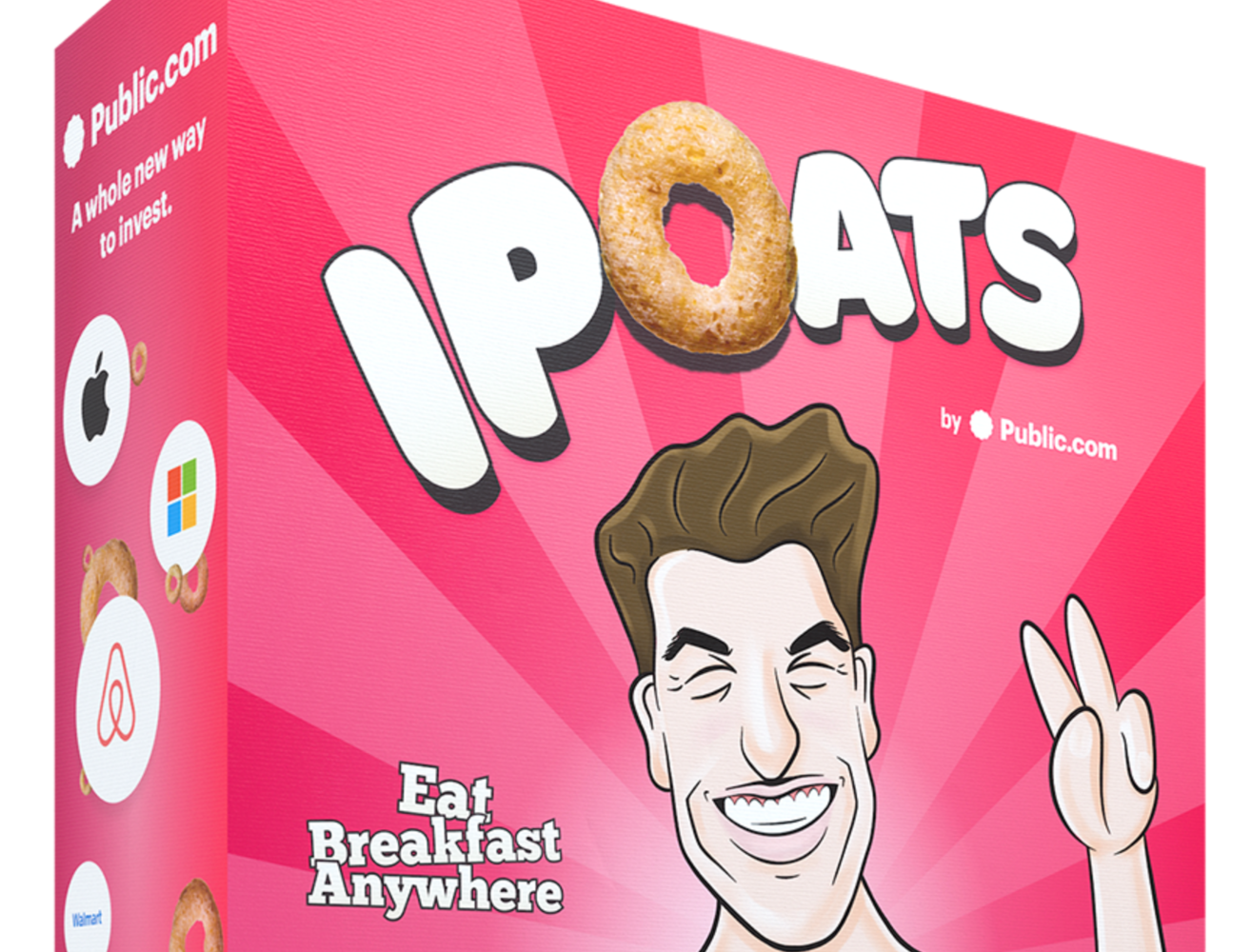
Right before COVID, the team cracked the code on personalized dinners. They did 10 and they were very, very good. You want to make sure the dinner has a theme. For example, everyone’s got a favorite book. What’s your favorite? Have a copy of the book, share it with someone that you talked with. The design of the table can be literature-themed. And have a clever way to bring it back to your company. There’s no pitching or selling. Inevitably, people will just ask you.
What are the plays you’re running to drive traffic to your booth or to your event? You need to have a strategy. You can spread stuff throughout the conference floor and if they find it or win, they have to come to your booth which is part of the fun. At events you should have events people that care about the details to set things up (not salespeople). They can help you figure out where’s the value, where's the fun.
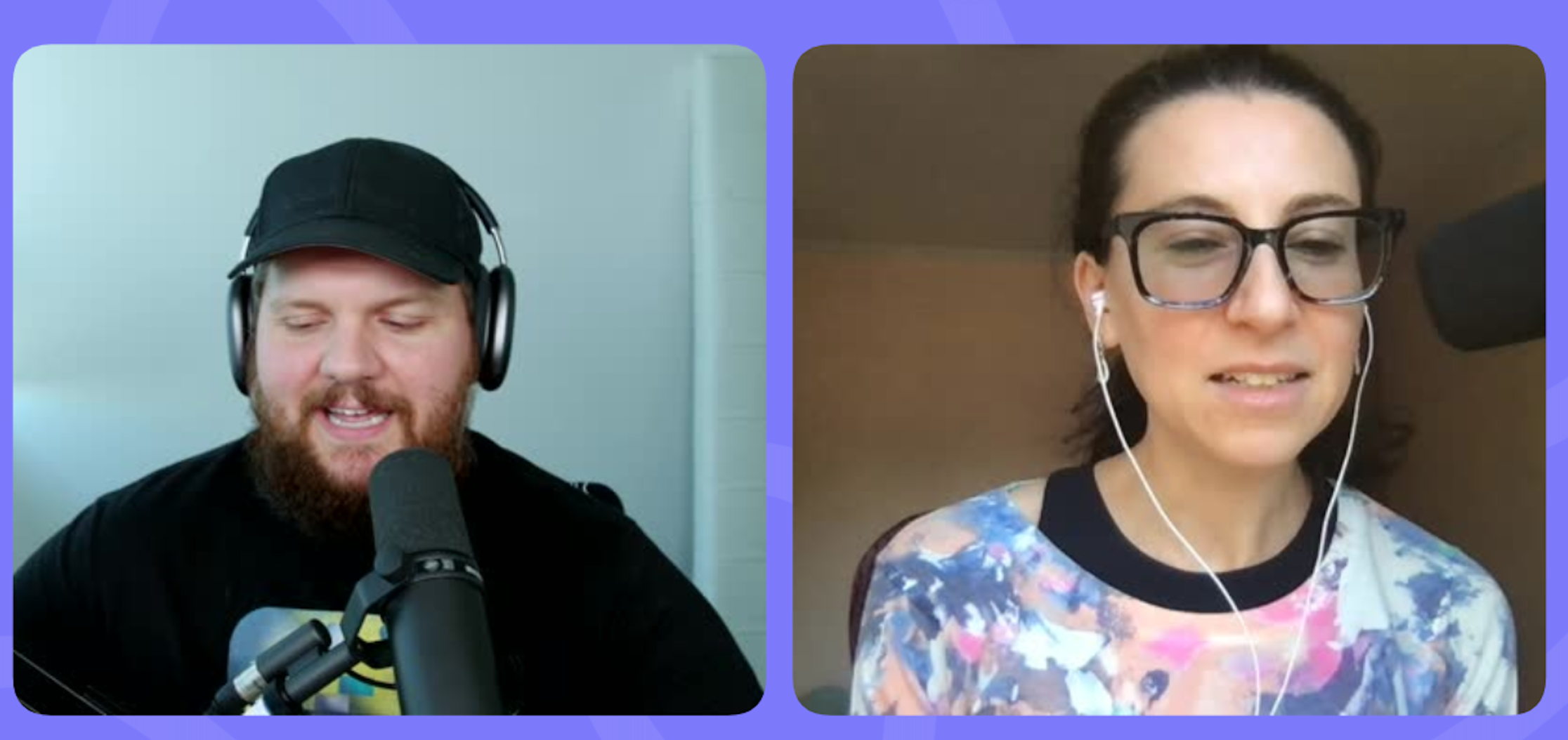
When the pandemic hit, everyone started shopping online. So the Privy team thought “how can we add value to our target customer (merchants)?” They decided to launch a Shop Small marketplace for them. They created this centralized database of all these small brands and asked people “can you support small businesses?” There were 2,500+ stores and 1,600 people signed up. The small businesses gave Privy their logos, discounts, etc. and within one week they launched the marketplace, promoted it online, and gained exposure. The team did it so quickly that they didn’t measure revenue. It was more about providing value to the merchants.
Coming from the music industry, the Byta team approached marketing from a different point of view. They decided to work with a big music fan and well-known music writer (also a PhD) that wrote a whitepaper around music sharing. Nobody’s done this before. This would help inform people about what other people around them think about music sharing. Marc started reading some survey results and had some hunches around their market and where it’s going and the data confirmed some of his assumptions. If there are too many numbers in your whitepaper, people will be bored out of their minds. A whitepaper doesn’t need to be an old-school bad idea, it can be something of value that people actually want to read.
In general, SaaS companies are not creative. Tech companies are not that great with marketing. MadMen is an art, and it’s not being used in SaaS. We’re missing the human aspect, the human-led problems showing real people, trying to capture moments that could help you really understand something.
Yes, you can show a “92% adoption rate of the product” ad but what about the emotional stuff? Make me smile, and I believe that you understand my problem. It’s like with coaching where the coach says “you should be like this!” and you don’t listen to this person. That mentor or coach in your life, when they make you feel like they get you, that’s emotional and that’s real connection.
For paid social ads, you need to have good creative and deliver complex messages in a concise way. So the Workvivo team created black and white videos of old communications that make you smile, almost in a Charlie Chaplin kind of way, and very quickly the ads changed to show the modern way. So the ad would show an old PC with discs and then replace it with something new. By showing it in this way, the team was able to create empathy around the pain.

The marketing team uses Dooly’s LinkedIn business page as a testing ground. For example, they’d post a meme as bonus content on a Saturday. If it did well, then they’d promote it to other pages or use it as an ad or other type of content. The team noticed that “teardowns” were doing really well, for example how to teach sales copywriting or personalization. A lot of that is not templateable. The team could take that idea and expand on it with webinars and walk through it live. Camille also created a swipe file with the emails she gets that she actually opens and noted why these emails do well. This is also great content.

Coda has always had the Gallery on their website where people share what they’ve done with the product, even while Coda was in stealth mode. The first phase was getting the platform off the ground and showcasing people building with the product. People built hundreds of templates. The second phase was turning Coda into a publishing platform where people can share with the world across channels. Coda created or partnered with influencers. For example, Arianna Huffington used Coda to build The Power Of Reset doc to help people build in moments to reset and re-center. And this ties to Coda’s message of “a doc that’s as powerful as an app.”
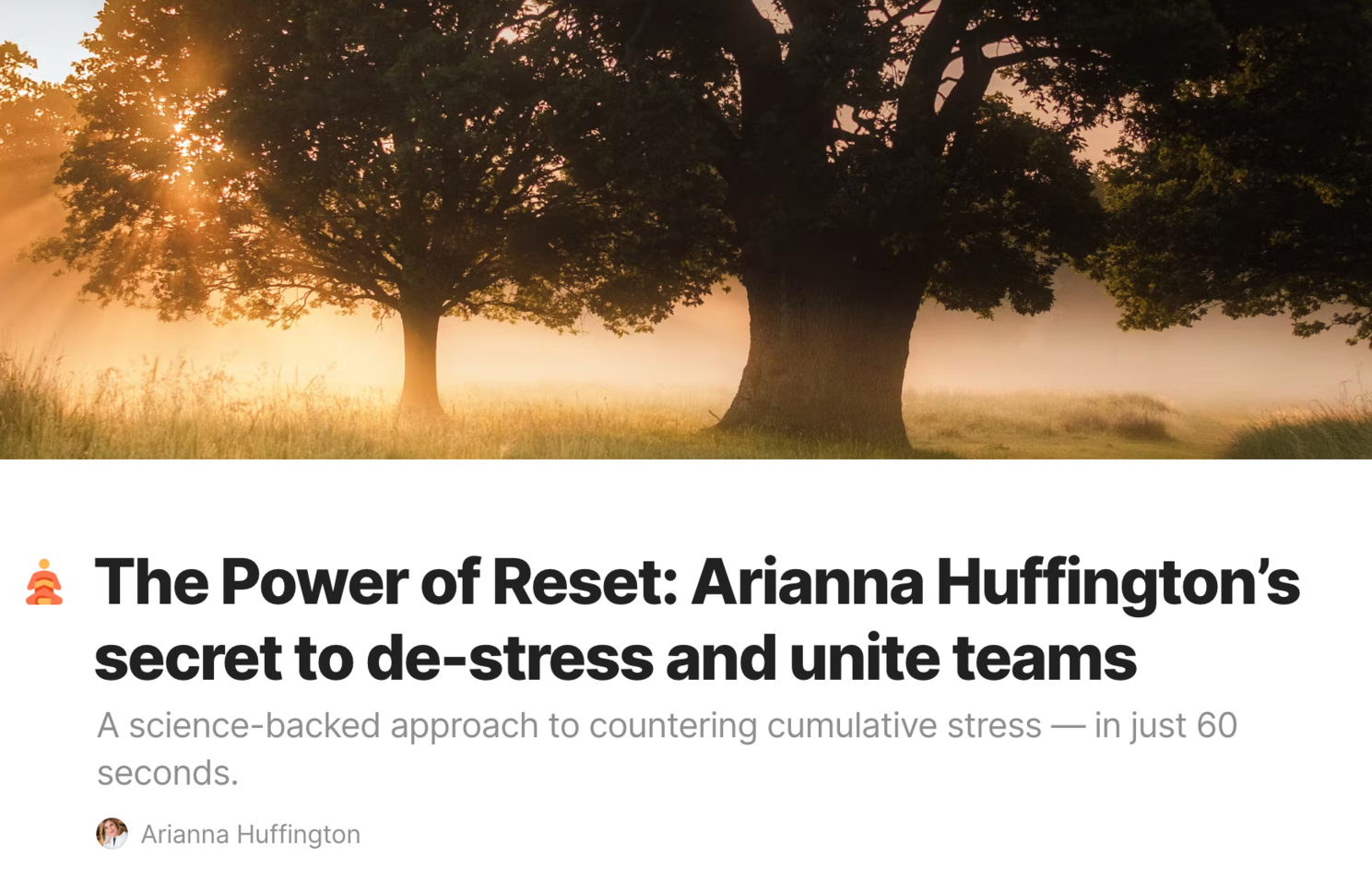
Welcome Homes launched a holiday giveaway by partnering with a few brands. Winners would win a new outdoor kitchen/backyard oasis (firepit, furniture, grill). These brand partners would also share and repost to their own networks to get the word out.
A new marketing and sales channel for Welcome Homes is the broker/agent channel. The team launched a tiered agent program where they’d engage agents to refer clients to Welcome Homes by updating their MLS listing on Zillow to a Welcome Homes listing. This helped to drive inbound leads.
Remember that one big creative idea is great, but it’s about continuing to grow (reps and sets). How do you do it again? How do you do it better? How do you build a team to help support the channel that’s working?

The Privy team started a podcast called Ecommerce Marketing School. It delivers daily quick and actionable episodes that are super digestible. The CEO, Ben Jabawwy, is the host. He brings on guests, there’s a great community around it, and customers rave about it. How does the podcast help to impact the funnel? Brand search volume, content distribution, and it also influences their direct web traffic.
Proper Good wanted to donate their products to food banks and charities. You can tag Proper Good on Facebook and for every tagged post, they’ll donate a meal. This has had an enormous flywheel effect. The team finds those 2,000 posts, donates at the end of the month and lets the person know by text message or email. It’s a great feedback loop with consumers.
The Proper Good team has a private Slack community that includes those people with an interest in being involved. They share paragraphs on what can be better with the food products. The team is able to get continuous consumer feedback to iterate on their products and every 4-6 weeks they tweak all product recipes based on that feedback. Yum.
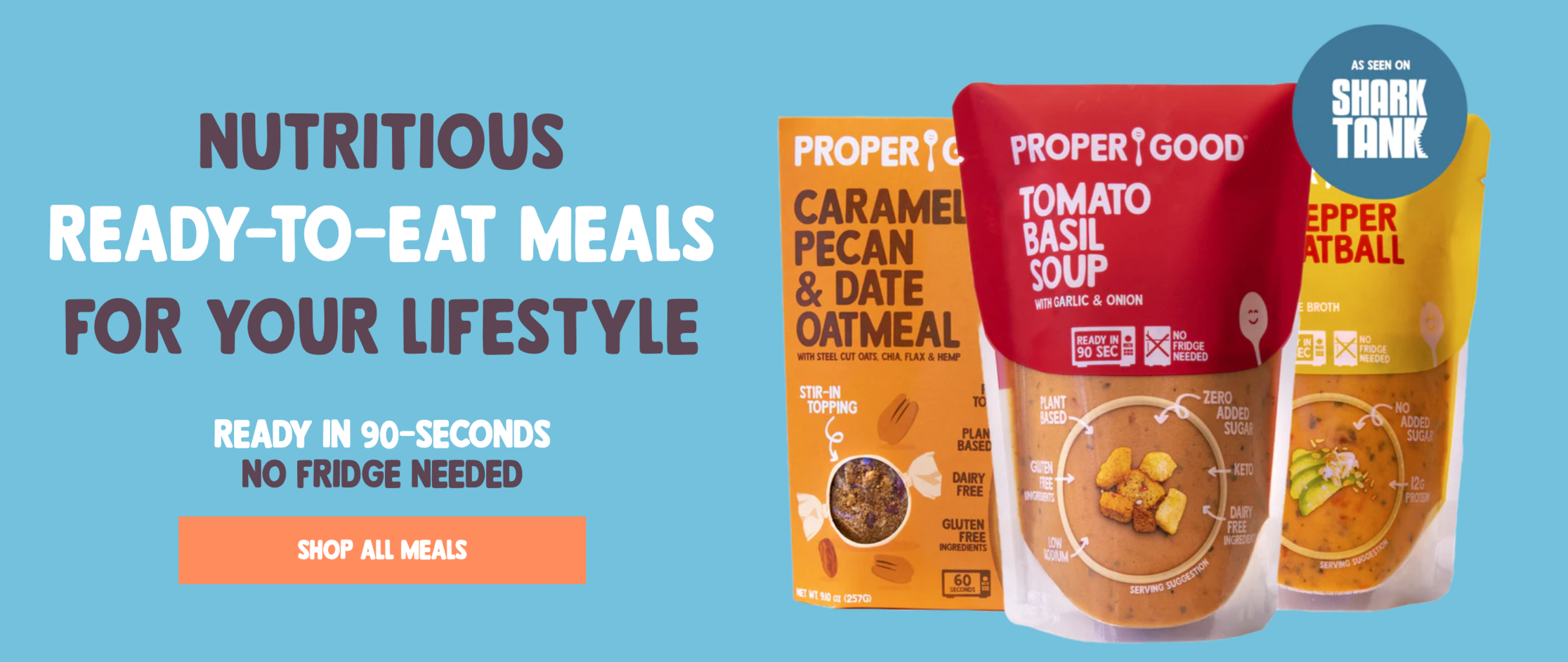
The Figma team launched a SWAG store in January 2022 which is still pretty unique for a SaaS business. It ties into their social media and they tweet about the Figma swag. This is helping to develop their connection with their community. It’s not a money-maker but rather brings excitement around what they’re building.
CPG food companies that don’t really have a ton of innovation means they're marketing just that one product or few products they sell. The team thinks about Goodles as more of a lifestyle brand or consumer fashion brand that’s dropping things on a regular basis. They had these mac-n-cheese stuffies for $25 and their SMS, email, and social marketing campaigns were all aligned around that merch drop. There’s incredible impact when you can align around one story. And it’s impactful from a sales perspective - the person buys the one stuffie and tons of everything else. Check out their website to see all the creative cheesy goodness.
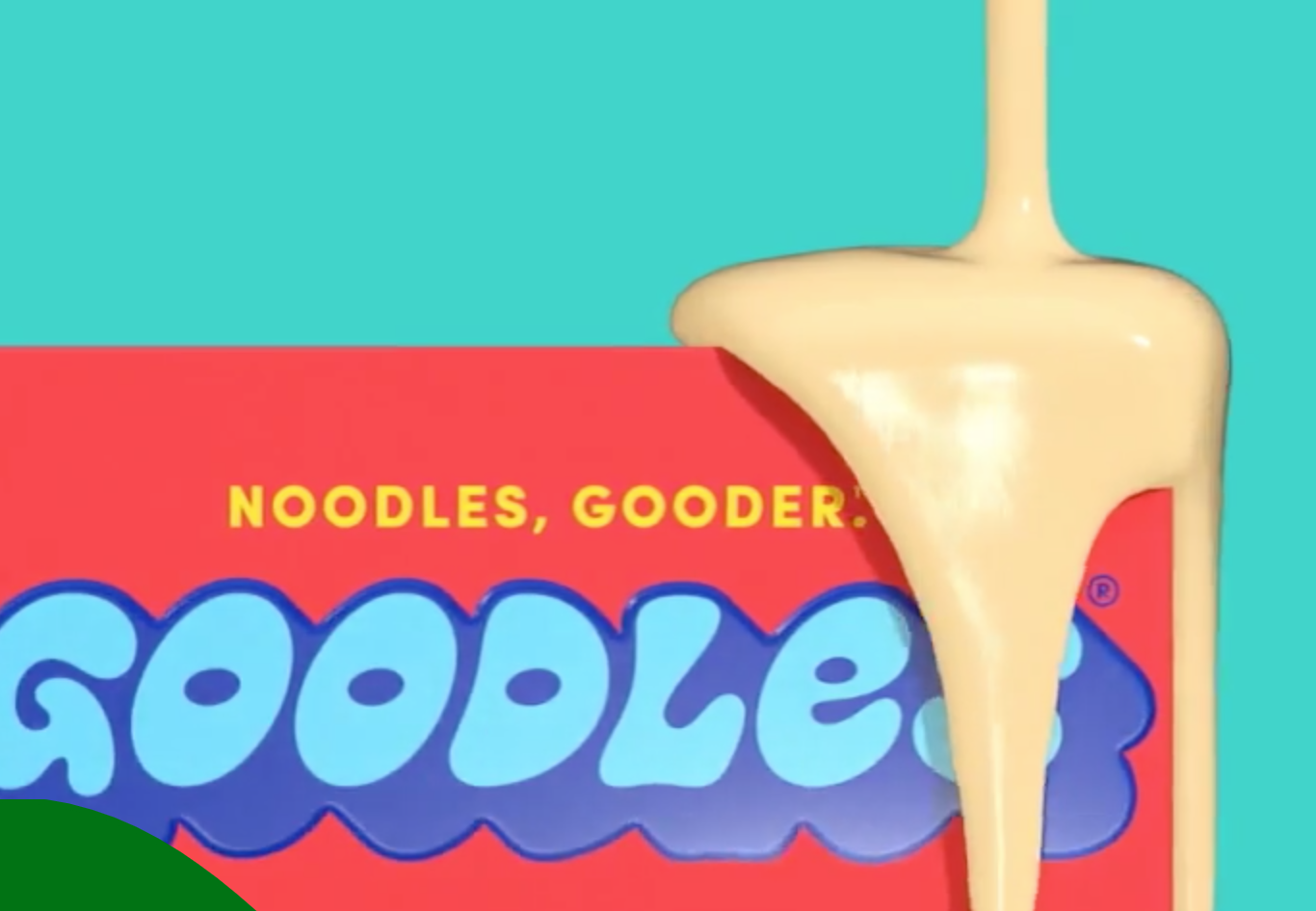
The Lavender team is always thinking about doing things that are weird and unconventional to stand out. They used Fiverr to create that wizard on their homepage for just $35. At the time of our conversation, their website converted 15%-20% of traffic! It's probably more now since they added an interactive game. In the early days, there was no top-line navigation bar which was different from the usual and got people to engage with the page.
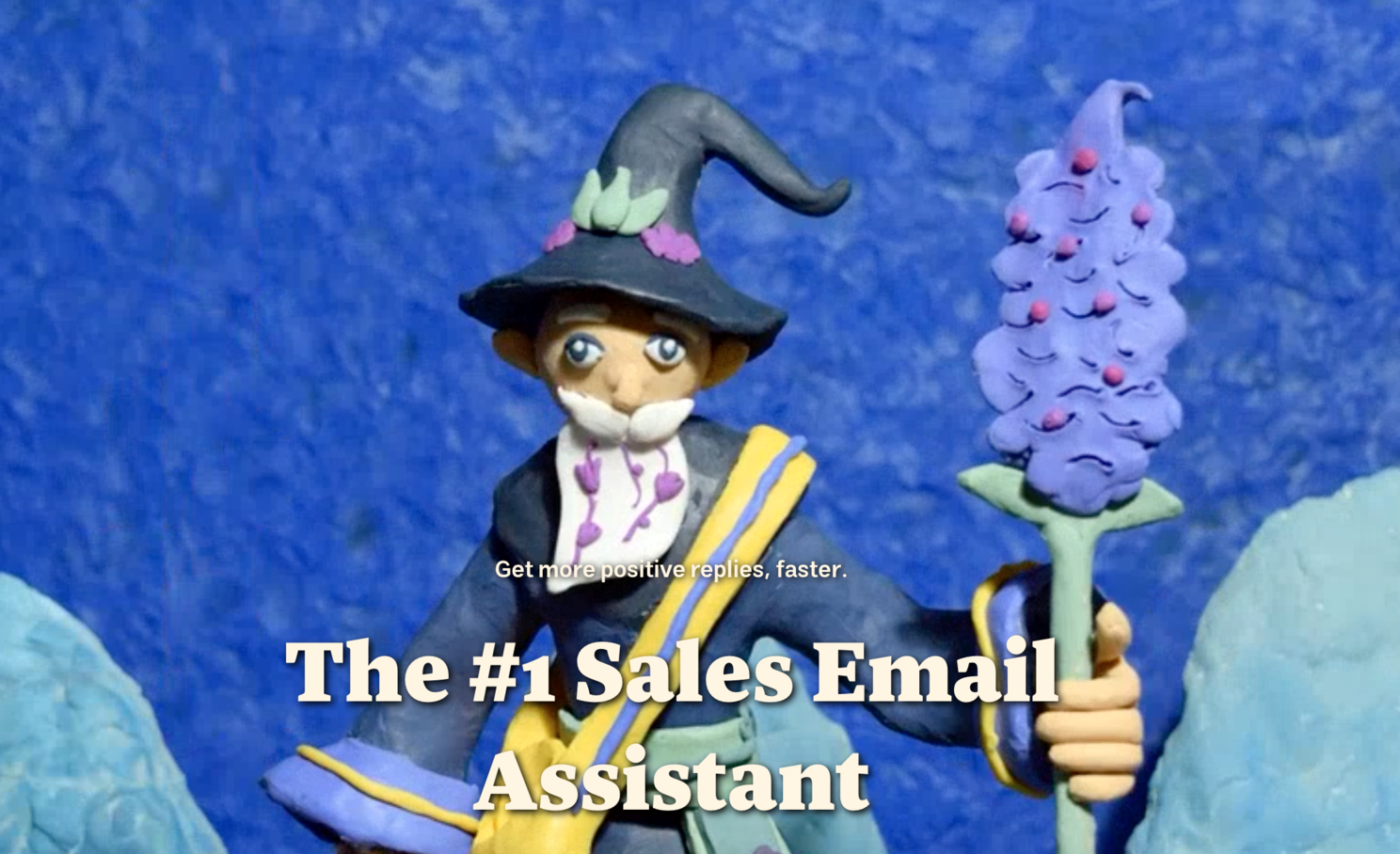
To reach their target audience, the Tradeswell team used niche newsletter advertising. They sponsored niche Substack newsletters managed by specific creators that already have loyal followings. You work with 2-3 different creators and have them write about you. Tell them “here’s our target audience, product benefits, product screenshots” and then they'd craft the story. If you can get a 60% email open rate from someone that has 1,000 subscribers, that’s really good. It’s kind of like native advertising. Swapstack is a marketplace to help companies advertise in Substack newsletters.
The team created this fun commercial. It’s really about storytelling and creating an emotional connection. If you’re good at this, then you’re creative. Money is emotional and for freelancers, it’s about getting your time back. Time with your kids, your parents, your passion, etc. Make them feel something.
As part of the GoHenry product experience, the team created “Money Missions,” in-app money lessons where you can watch videos, take quizzes, and it’s mapped to the K-12 curriculum and tailored to the child’s age. So you’re seeing this rich content around compound interest, saving, investing, etc. It’s a really creative approach to tackling financial literacy for kids. Product and marketing were working very closely together to build this out.
GoHenry also offers kids the opportunity to personalize their own debit cards. The team collaborated with Spiderman in the US and the UK. They launched biodegradable cards to help kids support something important to the company. They also collaborate with and support young emerging artists. The team went to an art school and picked the story and artwork that they liked and the young artist got to make one of their card designs. There’s a big piece around entrepreneurship that ties into GoHenry’s product and brand.
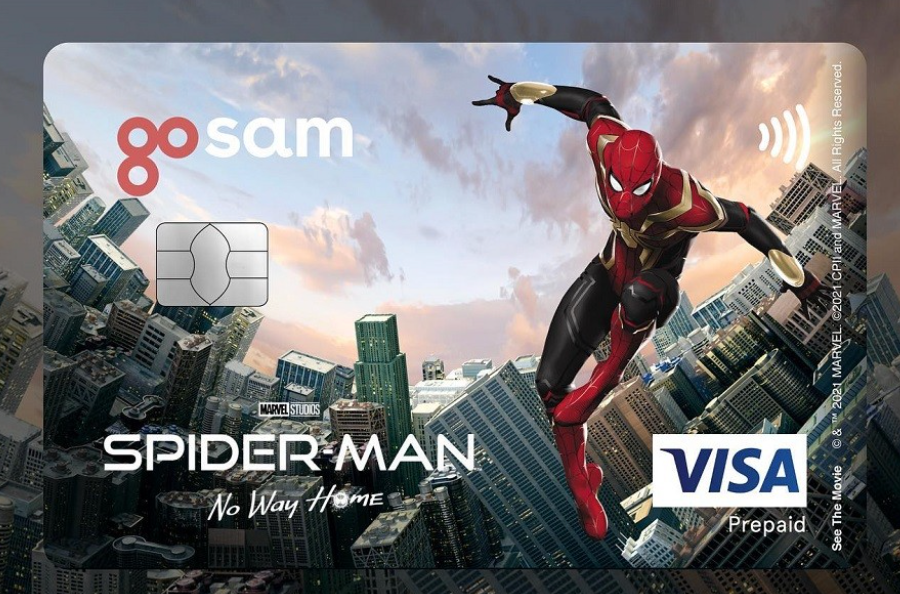
The team never did anything in person before but knew that people like to build their baby registry in person and also try out those products. Opening a store didn’t seem right, so their creative idea was to create these Pop-Ups to pop up inside of homes. They rented a big house in LA to start and put all these baby products inside. A bassinet next to a queen size bed, a living room with lots of toys, a kitchen with some high chairs. There were over 500 products in that house and QR codes everywhere so you could just add the products directly to your babylist registry. People loved this.
Babylist also entered the metaverse (one in LA and one in NYC). It’s a 3-D photoshoot walk-through and you can look around the room on your computer or on your phone and click through products to add to your registry. In the showrooms metaverse, the two most clicked on products were “footstool” and “clothing rack.” This challenged the team’s assumptions on what people were most likely to buy. So the moral of the story is: make sure you stay close to the customer. The team invites 7-8 people (their target consumer) and just talks to them once per quarter. That’s actually how their TikTok channel idea was validated.
When Pete was at Iron Mountain (public company, online backup and data protection and paper shredding) zombies were becoming this huge thing. They also knew that with paper shredding, nobody wanted to do that stuff. So during Halloween, a former colleague and Pete came up with “Office Zombies.” Pete was the zombie - he tore up his shirt, used brain squish balls, and played off that in the video. It ended up being their highest performing social campaign. People thought “this is the greatest thing we’ve ever seen” which created massive pipeline opportunities because it was so unique.
At Alyce, the team put together the 2021 event YOUniverse with both 5p to 9p programming and 9a to 5p educational sessions. They tried to source new faces to be the speakers and used gifting to amplify their message. At this event they weren't trying to sell Alyce but rather be a resource to help sales and marketing do their jobs better.
During the pandemic everyone was on Instagram wasting time. So the team created the “Boring Campaign” that included boring photos and videos. The message was “stop being in the app and go travel instead.” The creative was black and white, old school, maybe someone just staring at paint drying or doing redundant activities. When you’re creating a campaign like this, you need to have some guidelines but not too many. The team gave influencers the freedom to express “boring” in ways that resonated with them.
Vidyard has both a top-down Enterprise marketing and sales motion (ABM) that generates leads for sales and also has a PLG bottoms-up motion where they provide free versions of their tools for anyone to use indefinitely. During the downturn, companies are not spending as much. So that’s when the team can invest more in their PLG programs and put more effort around driving adoption. Fast forward 9+ months from now and they’ll have a huge base of users.
The Vidyard team started making parody music videos where they’re creating some fun, relatable messages that are done so well that people want to share them. For example “Ridin’ Dirty” becomes “Writing Dirty.” Rajiv Nathan is a sales trainer and influencer that the team has worked with for their hit song “Sellin’ on Vacation.” They’ve been growing their Sales Feed media network to better engage sales professionals.
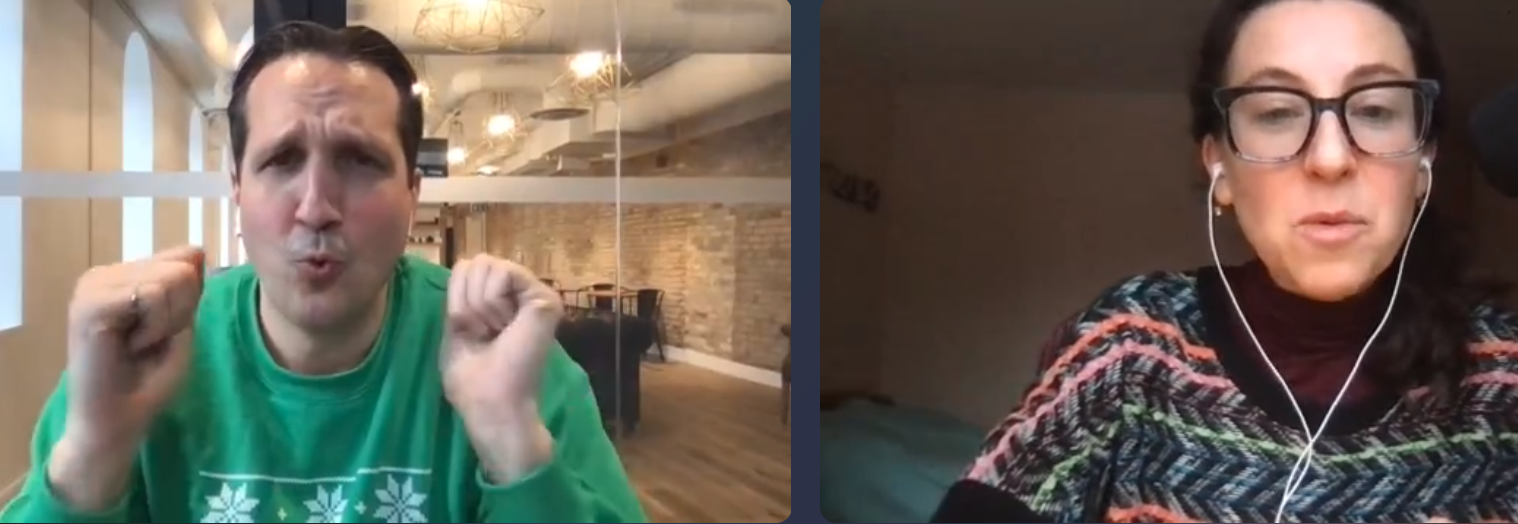
Casted decided to do an in-person roadshow visiting three cities.
They also created two podcasts (shows are really important to them):
When the market changes, your messaging also needs to change. 6sense’s 2022 customer conference was when the economy got a bit chaotic. So the team thought “do we go back to COVID-type messaging of doing more with less during these tough times?” They decided no. Instead, they created a marketing campaign around confidence. So you see people on the beach, with their kids. Real customers feeling confident. People confidently using their time because you can feel confident about your (sales and marketing) outreach. “Know everything, do anything.”
The team is introducing a PLG motion in 2023. Battery put together their State of OpenCloud Report and shared that the most successful companies have a mix of inbound + outbound + PLG. People want to test drive the car, and this also becomes an intent signal. If you think your product is not set up for that, just think about how you can create a “product snack” for prospects.
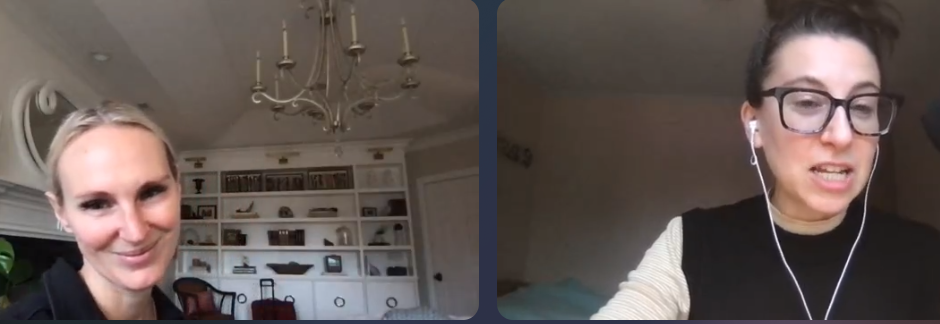
The Hunters team set up kiosks at trade shows to help answer the question “are we selling to the right person?” The team would go to different events to test this. They also had their customers (CISOs) review their marketing game plan (pretty uncommon).
Early stage they had just 10 months of Salesforce data to go on (not much), plus the pandemic happened so in-person was impossible and the patterns were not there yet. So Sarah and the CMO decided that any demand gen that they do is only worthwhile if they can create two opportunities from it. That ended up being their clear objective.
The Alto team thinks of themselves as a brand, not just a service. A lifestyle brand that people like, trust and want to follow. They want it to feel very special. In Dallas, the team did a partnership with Lucchese Bootmaker Company. They teamed up with Lucchese for a “surprise and delight” experience with a scratch-off lottery ticket. If you scratch off a gold boot, you get $1,000 off at Lucchese.
The Alto car is the brand so they’ve also wrapped their cars in artwork made by artists which is eye-catching and tends to get publicity on social media and with the press.

When Annette started at Lattice, their VP of Marketing wanted to build a media company within Lattice. So Annette had this plan for how to scale the operation - the formats and channels - to help build awareness. But she didn’t want to build leads, she wanted to build fans. “We are allies to HR leaders trying to build great cultures.” CEOs understand that it’s the people that make or break your business. That's the person that Lattice needed to interview to bring those stories and voices forward. So they started the All Hands Podcast and just finished Season 3 (49,000+ downloads!)
“We are allies to HR leaders trying to build great cultures.”
The Lattice team has had a lot of success with their community of HR professionals called Resources for Humans (25,000 newsletter subscribers and an 18,000 members Slack community). It’s got a life of its own and is so vibrant. Now the team is trying to expand the content for C-Level and VP-Level leaders.
Lattice did OOH (billboards) before most companies tried doing OOH. The VP of Marketing bought one billboard in San Francisco for the month and put up a hot take message: “invest in your people, not crypto” (before the Web3 craziness). A lot of that bold idea stuff paid off. Lattice got a lot of inbound and people were sharing on social media because of the bold messaging. Another OOH message says “people first, business last.” And another one says “yes, it’s possible to love performance reviews.”
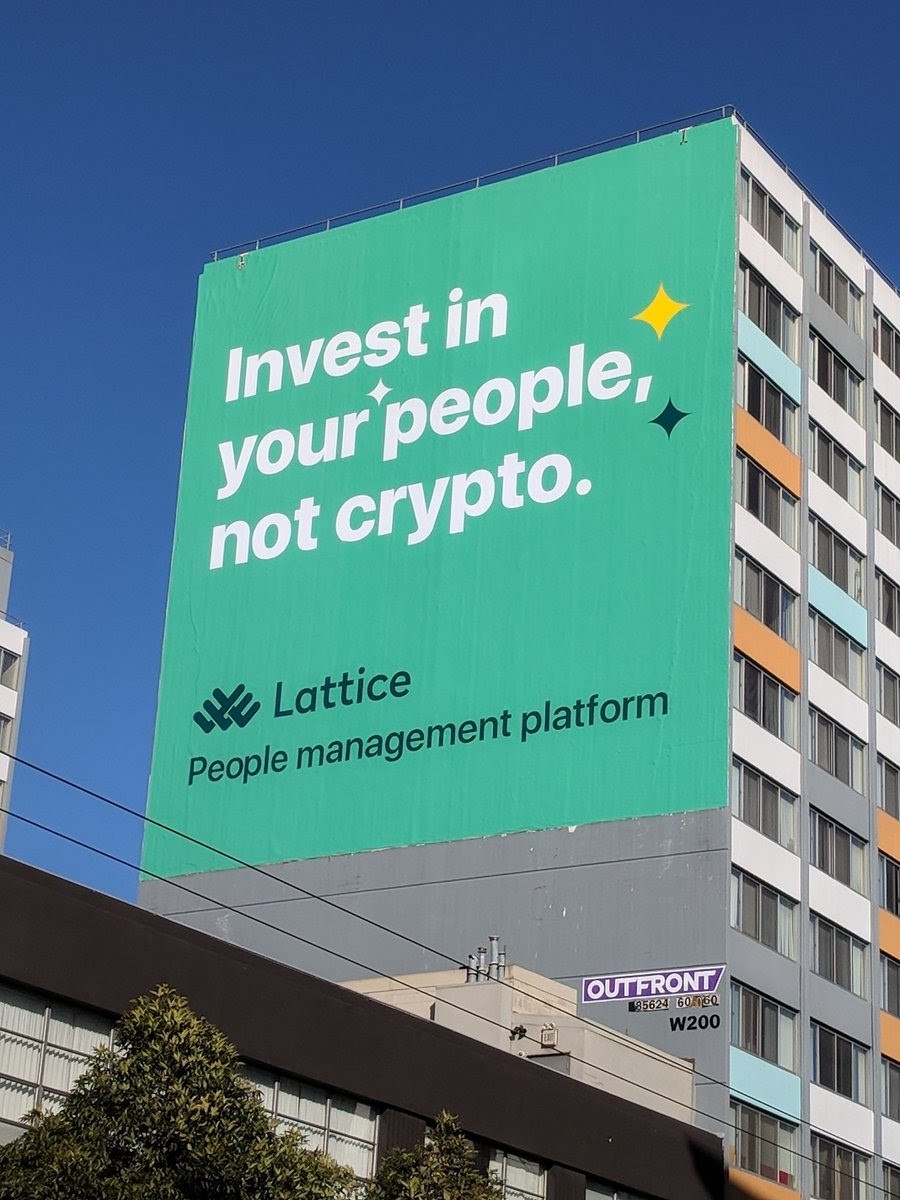
Gated’s podcast is called “Finding Focus.” It’s not about leads. The team is looking to learn from it and it’s also informing their product direction. They’re talking to all these people about productivity across the different tools that people use in their day-to-day. Gated's vision is broader than just email - it’s about defending your attention. The podcast helps the team do their thinking out loud.
So that about wraps it up! I hope it helps you be more creative with whatever you're working on. Please give this article some love by sharing, and I’ll make more of this type of curated content in the future.
✌️&❤️️
Get startup marketing playbooks and insights delivered monthly.